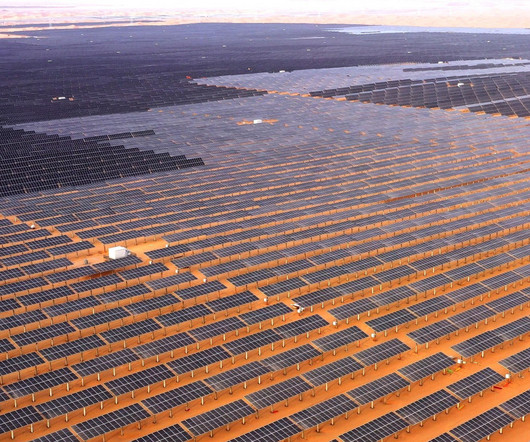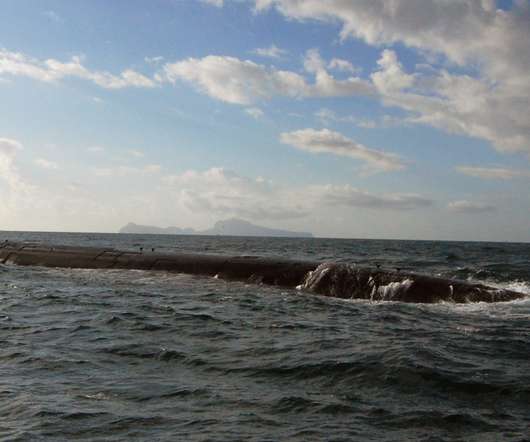FREYR Battery in license & services agreement with Aleees for LFP cathode active material
Green Car Congress
OCTOBER 11, 2022
FREYR Battery has entered into an agreement with Aleees , the Taiwan-based lithium-iron phosphate (LFP) cathode battery material manufacturer. LFP cathode materials comprise 40% or more of the cost of a battery cell and currently account for more than 45% of the projected full-cycle supply chain carbon footprint of cells.












Let's personalize your content